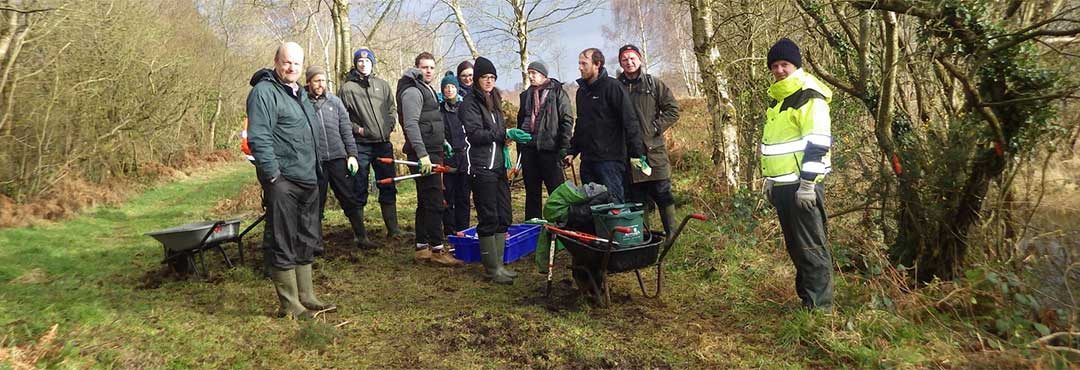Latin name: Tyto alba
Family: Tytonidae
Description of the Barn Owl
Barn owls are widely distributed across the UK, usually in drier areas.
The eyes of barn owls are positioned on the front of the face, like most predators, to allow a good perception of depth and the ability to isolate prey. The short feathers that form the facial disc enhance the barn owl’s hearing by forming a groove, which helps direct sound waves to the ear opening. With their large heart-shaped face, white under-parts and pale golden back and wings, barn owls look like ghostly apparitions at night.
Four to seven white eggs are laid at intervals of two to three days and incubation lasts 30-31 days. The young then hatch at two to three-day intervals and are at different stages. It is possible for the youngest to die if food is short. The young birds fly at 50-55 days. The male helps feed the young. They sometimes breed twice a year. Barn owls live alone or in pairs, and tend to mate for life.
Barn owls do not hoot, instead they emit a long, eerie screech (hence its alternative name, the screech owl). They also hiss, snore and yap.
Size
Barn owls are about 34cm long, with a wingspan of 90cm. Males average about 300g and females weigh an average of 362g.
Historical Info
In 1935 it was estimated that there where 12,000 pairs of breeding Barn Owls in the UK. The population now is thought to be around 4,400 pairs. In Northern Ireland the population is estimated to be between 45-55 pairs. The main problems is that it is isolated – that is, spread out over a large area where they may not necessarily meet each other.
Changes in weather patterns and farming methods have now been identified as two of the most important factors responsible for the barn owl’s decline since the 1940s. This has caused a reduction in the availability of food, which means the barn owls have not been in good enough condition to breed or, if they have, then there has been insufficient prey to feed their young.
The Barn Owl’s Habitat
Barn owls tend to use traditional nesting sites such as holes in trees or undisturbed buildings such as barns and outbuildings, ruins and, in some areas, mines, cliffs and quarries. Breeding success depends on the availability of prey, so there can be a variation year-to-year in breeding performance.
Field edges, the edges of watercourses and grass strips alongside woods provide ideal hunting habitat. Recent studies suggest that a pair of owls require about 20-25km of edge, with several suitable roosting sites, although this will vary in different parts of the country.
Prey is normally swallowed whole, with indigestible parts (fur, bones, teeth, feathers etc) regurgitated in large, smooth, blackish pellets, which accumulate at traditional nesting and roosting sites. Barn owls often hunt from exposed perches (e.g. fence-posts), but also in low flight. They have exceptional hearing and can find prey by sound alone.
Diet
Barn owls require rough grassland with good populations of rodents. They hunt mainly at night, but may hunt before dusk and around dawn when feeding young and in daylight in winter. In Northern Ireland its diet consists mainly of mice, shrews and young rats.
Threats to the Barn Owl
Barn owls have declined in Britain, due in part to the reduction of derelict old buildings and the use of pesticides, such as DDT, has also had an effect. The owl’s prey consumes vegetation with the pesticide on it and the owl digests the prey. Quantities of the pesticide build up in the owl over time and can cause weak egg-shells.
Severe winter weather in itself does not seem to cause high mortality, but prolonged periods of snow cover limit the owl’s ability to find the small rodents which are their staple diet. Continuous rain and drought also seriously affect breeding success.
Road traffic is another threat to the owl. Motorways have now wiped out all adjacent populations and less than 0.05% of Barn Owls now nest within 1km of any motorway. Less than 2% are within 3k. – the distance generally considered to be the limit of the bird’s hunting range.
During the 1980s and early 1990s, large numbers of barn owls were bred in captivity and many thousands are thought to have been released into the wild. In some instances, this was done by responsible establishments, working to a well thought-out conservation plan, and the released birds were carefully studied however this was not always the case and it is now illegal to release captive birds into the wild.

